Rich variety, covering five major materials
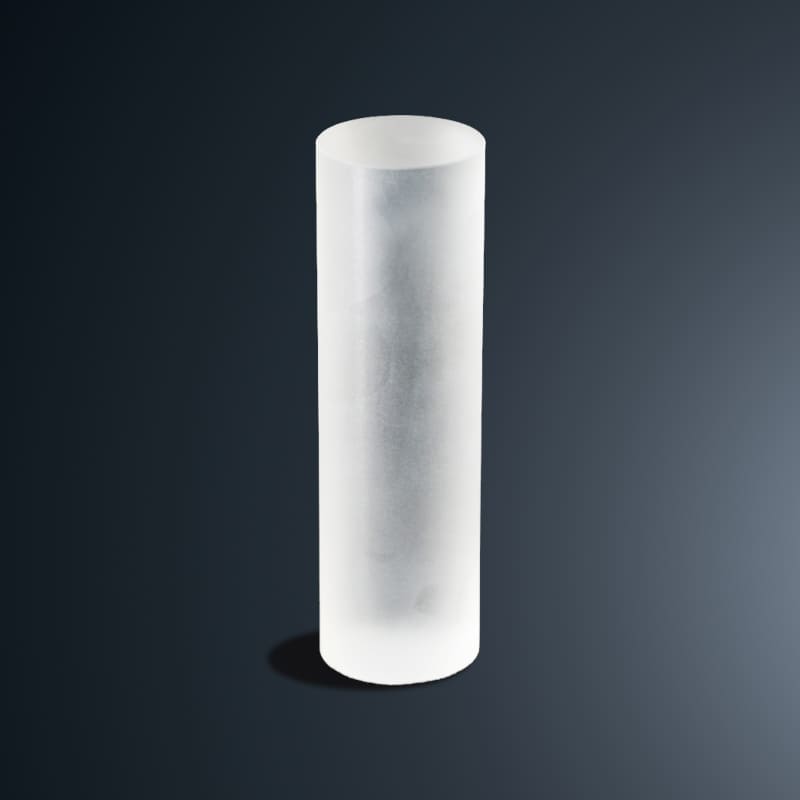
Infrared calcium fluoride has a transmittance range of 130nm-10 μ m; Transmittance>94% @ 193nm-7.87 μ m, applied in infrared optical components and infrared laser technology.
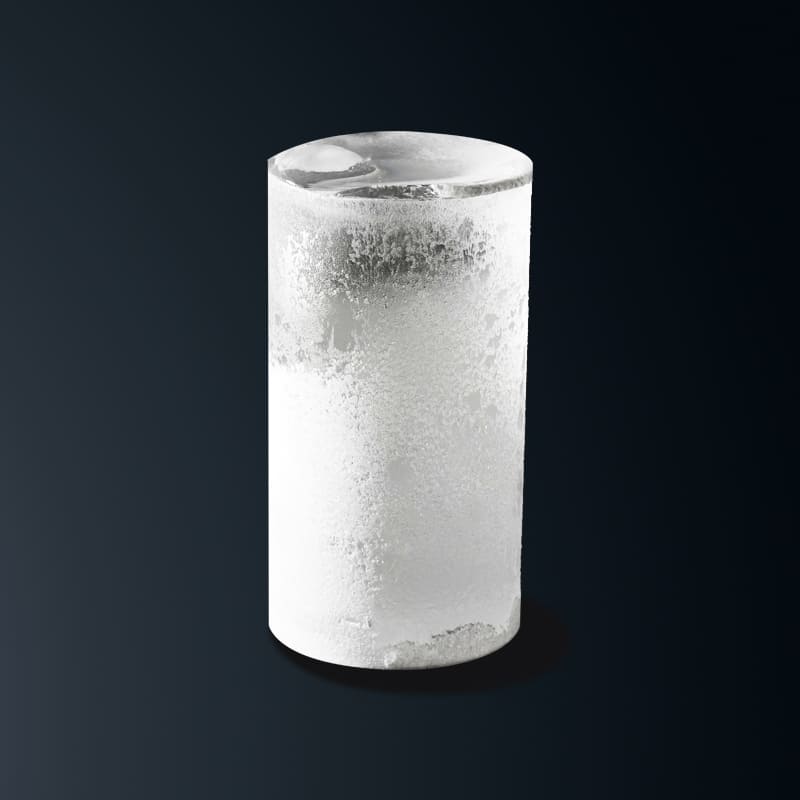
Infrared calcium fluoride has a transmittance range of 130nm-10 μ m; Transmittance>94% @ 193nm-7.87 μ m, applied in infrared optical components and infrared laser technology.
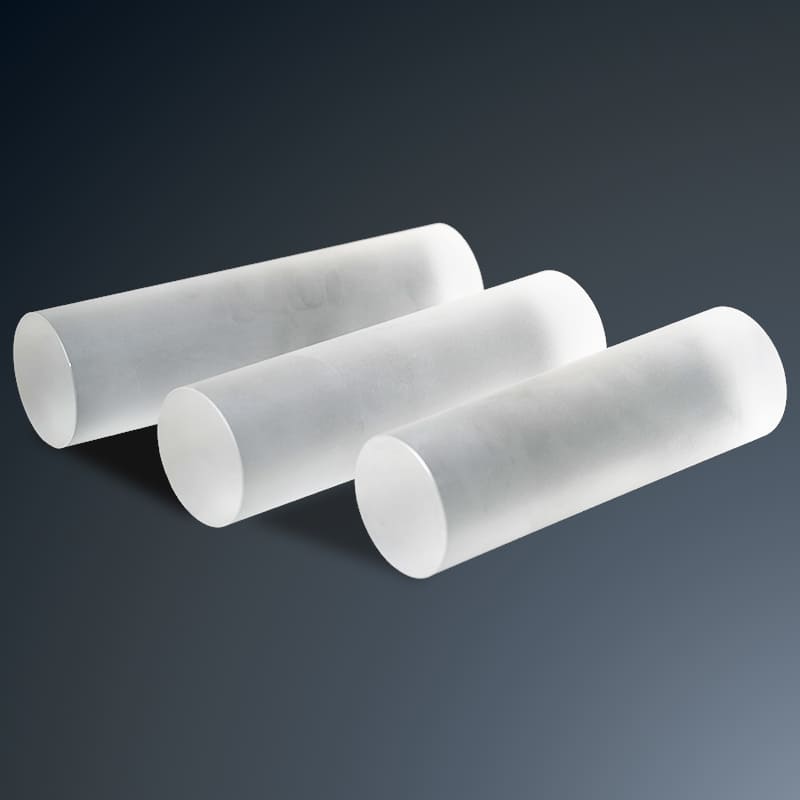
The transmittance range of ultraviolet barium fluoride is 150nm-14 μ m; Transmittance>94% @ 350nm-10.8 μ m, suitable for lenses, beam splitters, filters, prisms, and window lenses.
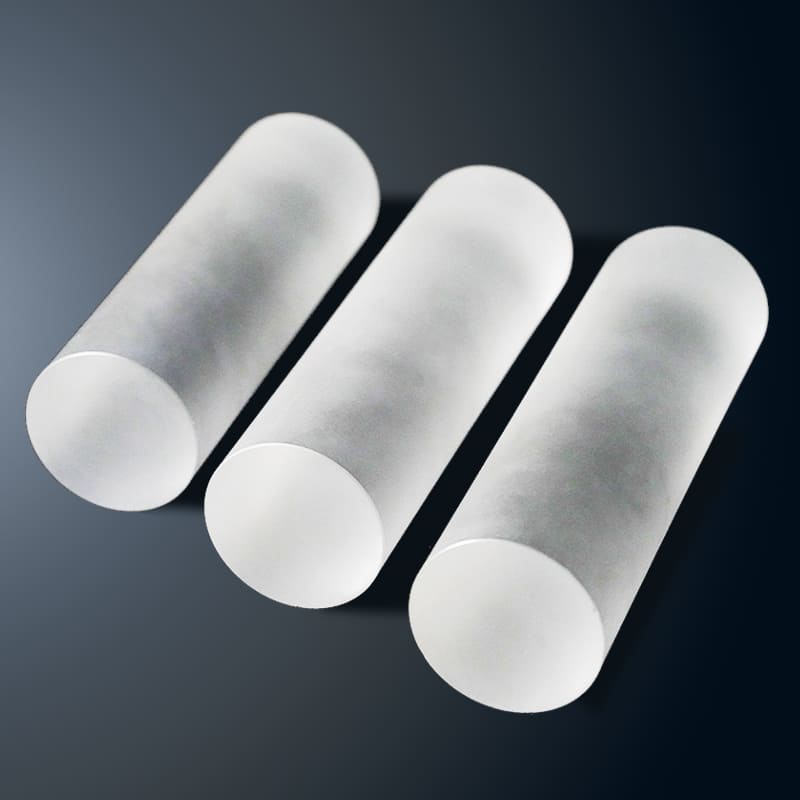
Infrared barium fluoride has a transmittance range of 150nm-14 μ m; Transmittance>94% @ 350nm-10.8 μ m, suitable for optical lenses, windows, and prisms.
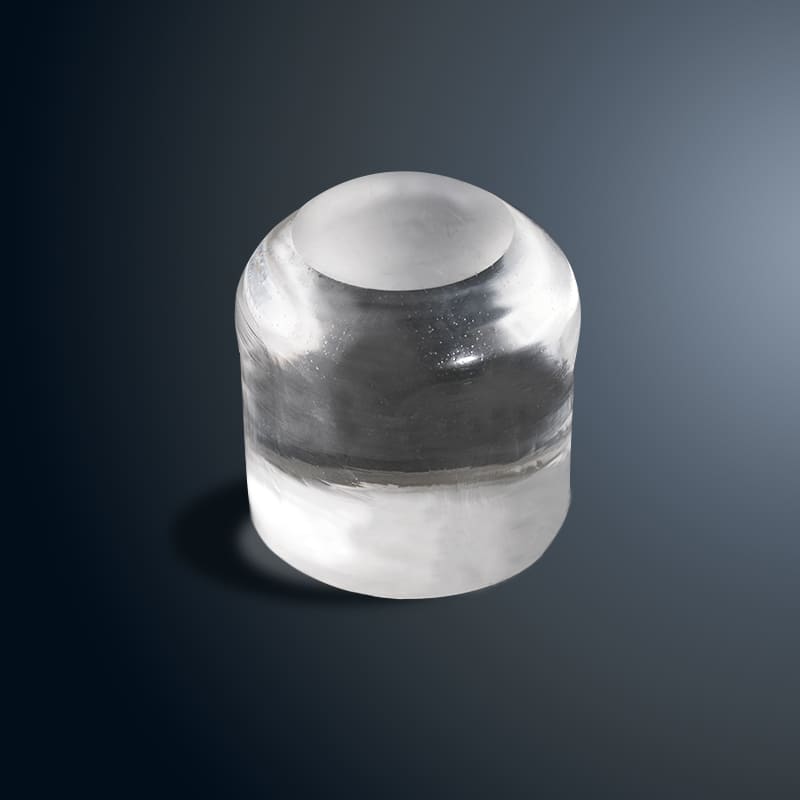
121NM magnesium fluoride material has a transmittance range of 110nm-7.5 μ m; Transmittance>90% @ 193nm-6 μ m, used in lighting and projection optical systems of lithography machines.
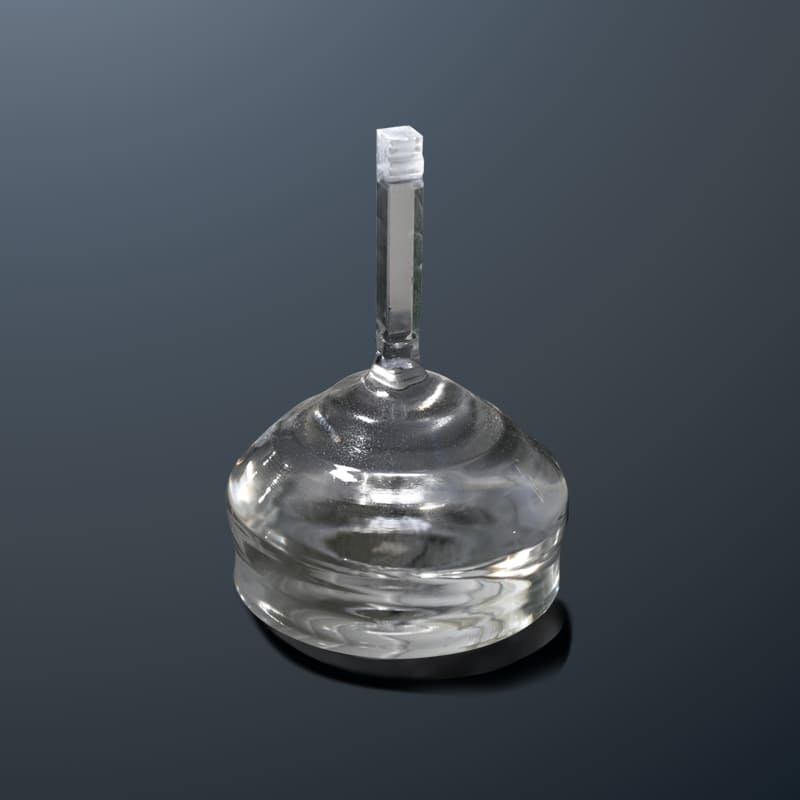
Ultraviolet magnesium fluoride has a transmission band of 0.11 μ m-8.5 μ m and is often used as high-quality optical components such as lenses, prisms, and windows.
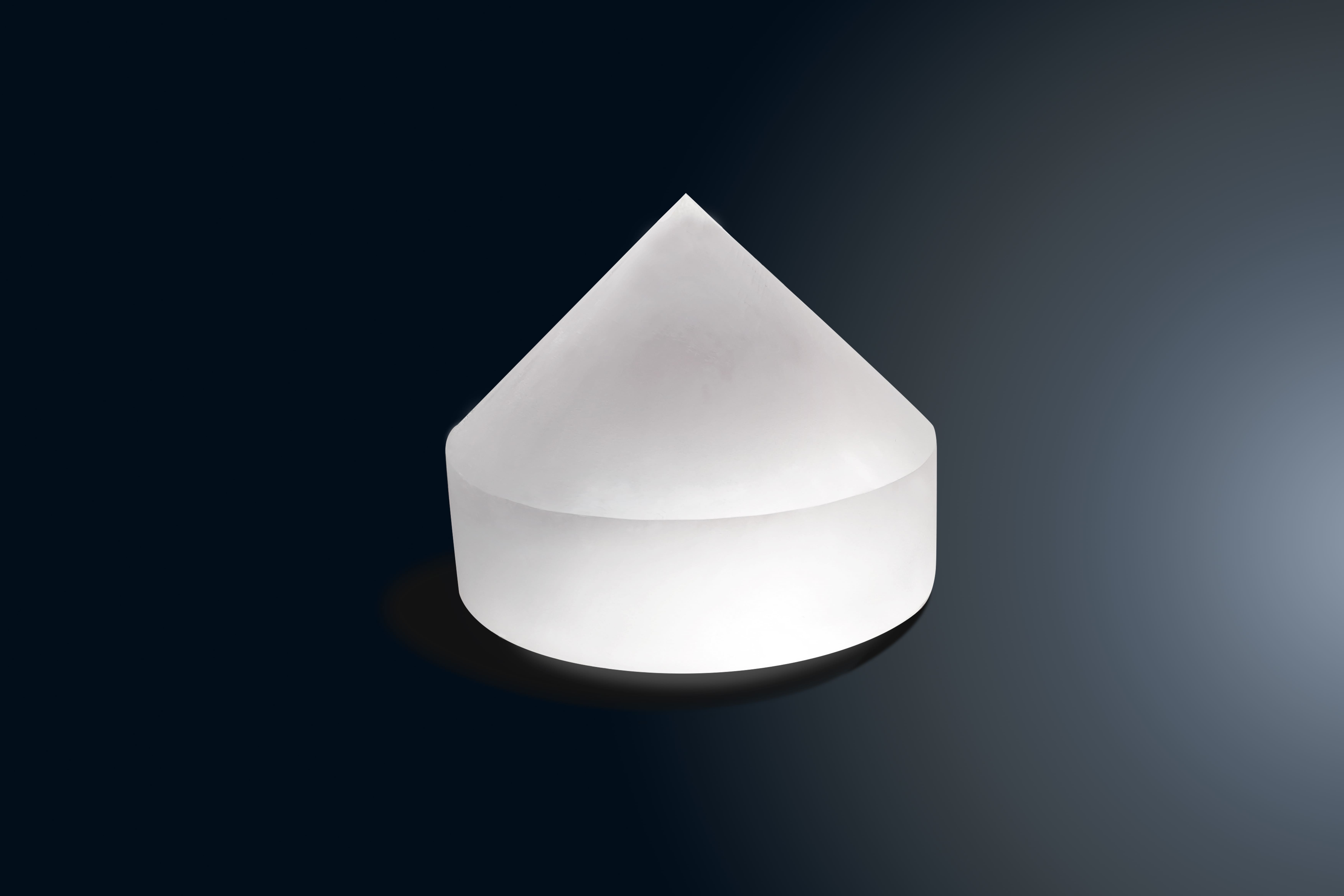
Ultraviolet lithium fluoride has a transmittance range of 110nm-7 μ m and is used in both far-field and microscope applications.
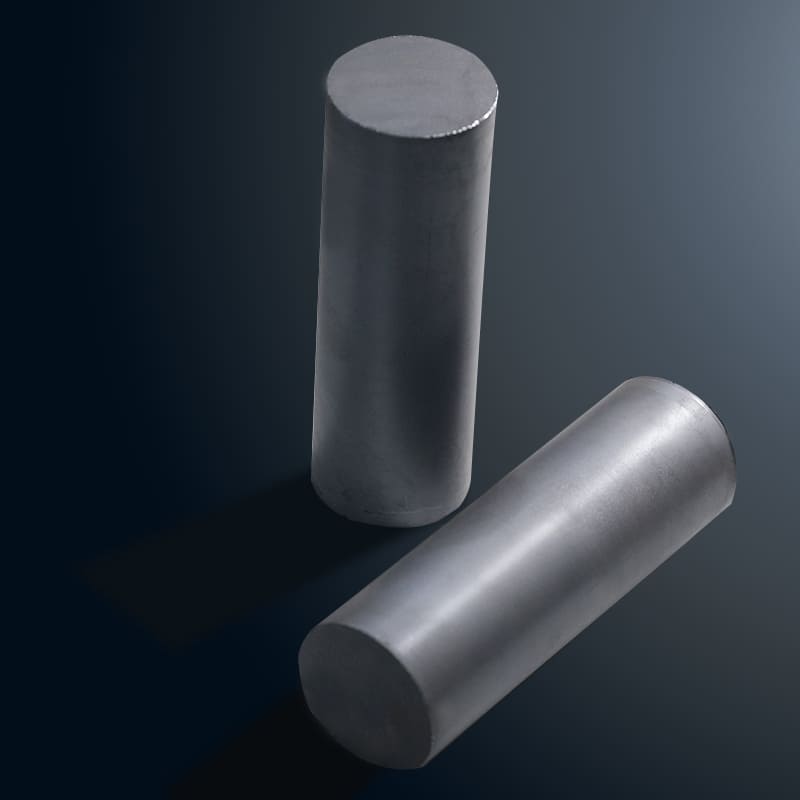
Intrinsic silicon has a transmission range of 1.2-15 μ m and is used in the manufacturing of microelectronic devices such as integrated circuits, transistors, and sensors.
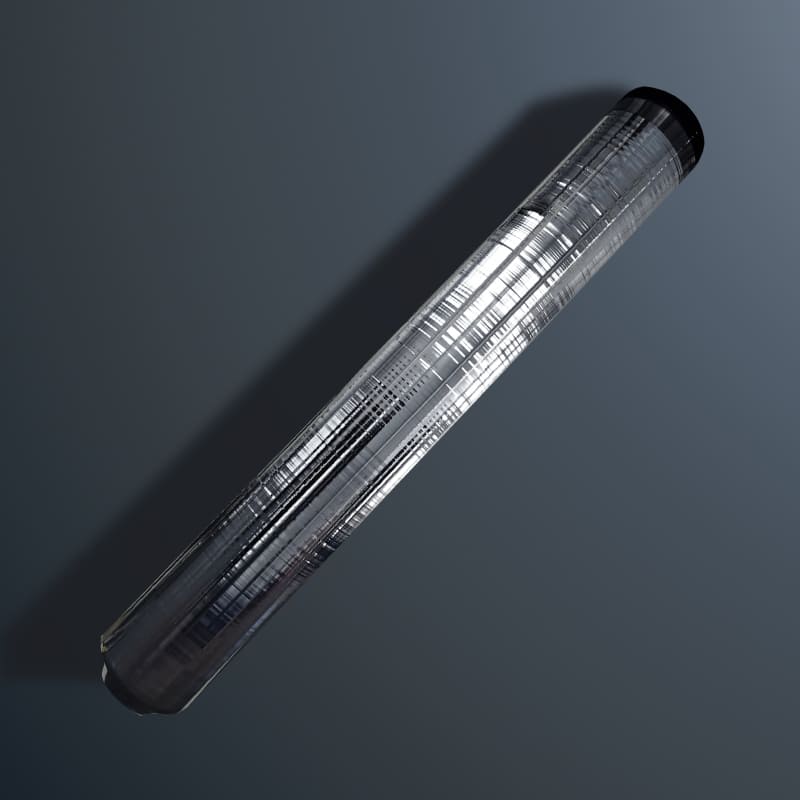
Czochralski silicon has a transmittance range of 1.2-15 μ m and is used in telescopes, microscopes, and spectrometers.
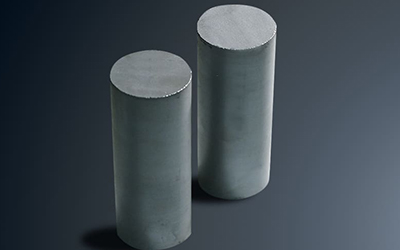
Monocrystalline germanium has a transmittance range of 2-15 μ m. Applied in infrared optics in , astronomy, environmental monitoring, and medical fields.
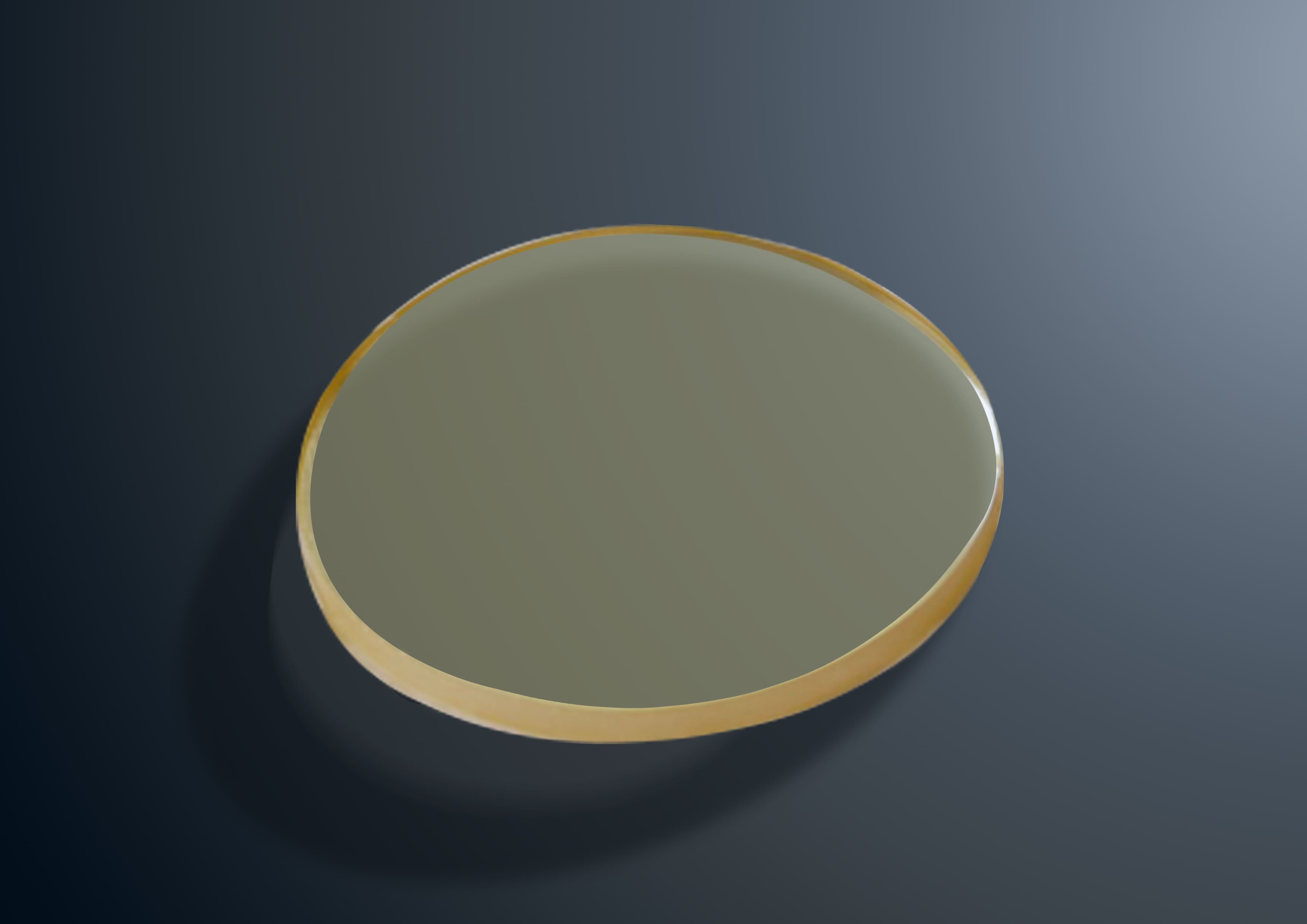
Multi spectral CVD zinc sulfide has a transmittance range of 0.37-14 μ m and is used in the production of infrared lenses, infrared windows, fairings, and infrared optical components.
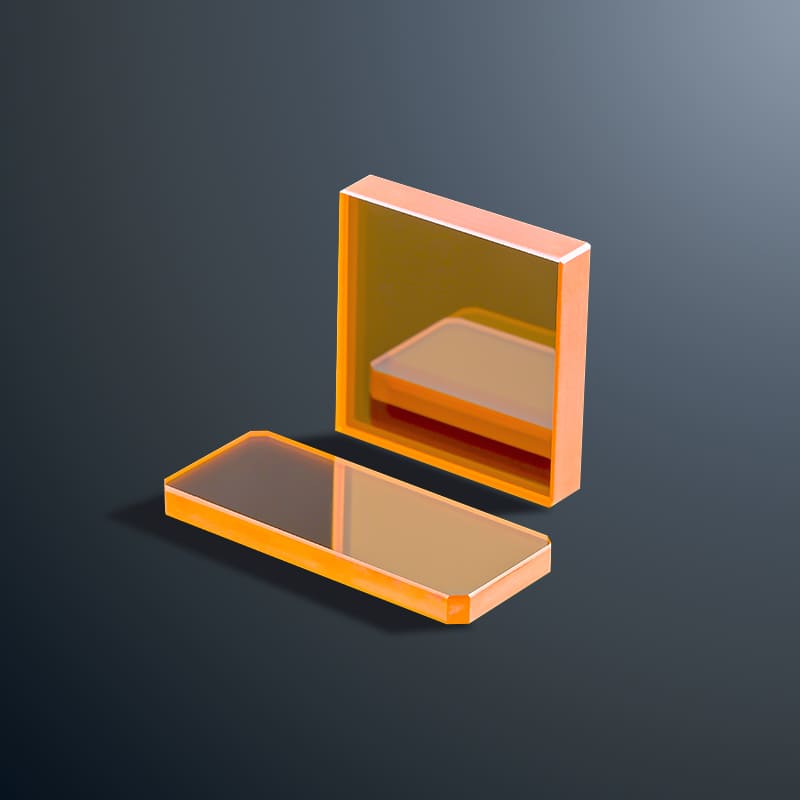
CVD infrared grade zinc selenide is a zinc selenide material prepared by chemical vapor deposition technology, which has excellent optical and thermal properties and is suitable for various infrared optical applications.

Calcium fluoride rectangular perforated windows are used to separate the environment on both sides, isolating the interior and exterior of the instrument, thereby protecting the internal components. Applied to mobile phone lenses, camera lenses, infrared sensor windows, temperature measurement observation windows, etc.
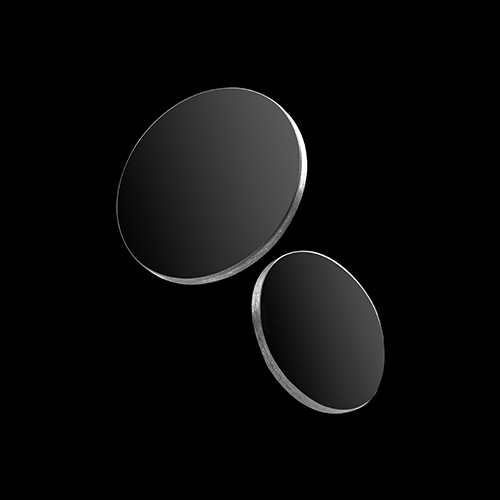
The transmission spectrum range of germanium circular window sheet is 2-12 μ m, with high hardness, good thermal conductivity, and insoluble in water. Applied to infrared imaging systems and infrared spectrometer systems.

Calcium fluoride plano-convex Lenses have the characteristics of a wide transmission spectrum range, high damage threshold, low fluorescence, and high uniformity. Light can be focused into a single point.
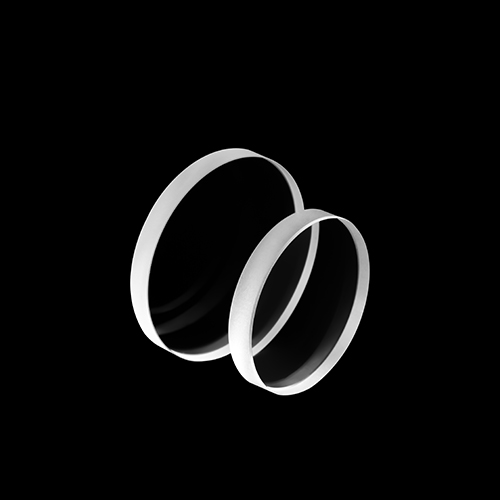
Barium fluoride plano-concave lenses are used for beam expansion or increasing focal length to balance the deviation of other lenses. Applied in fields such as telescopes, microscopes, sights, lasers, and optical fibers.
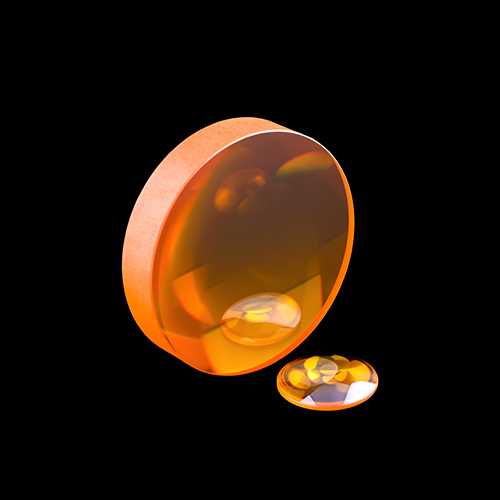
Zinc selenide biconvex lenses have the characteristics of low absorption and resistance to thermal shock, and are used in thermal imaging systems.
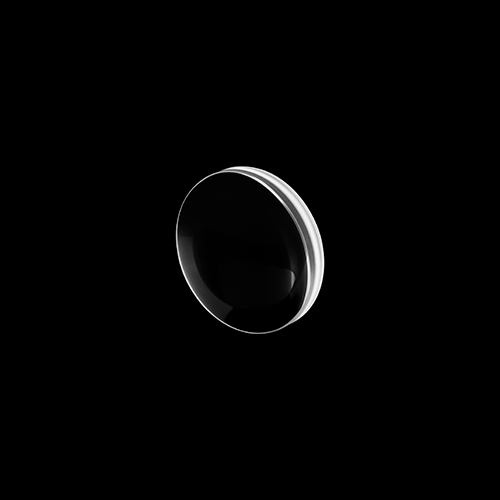
Lithium fluoride biconvex lenses are used to concentrate light from point sources or transmit images to other optical systems. Used as window material for infrared lasers and infrared night vision devices.
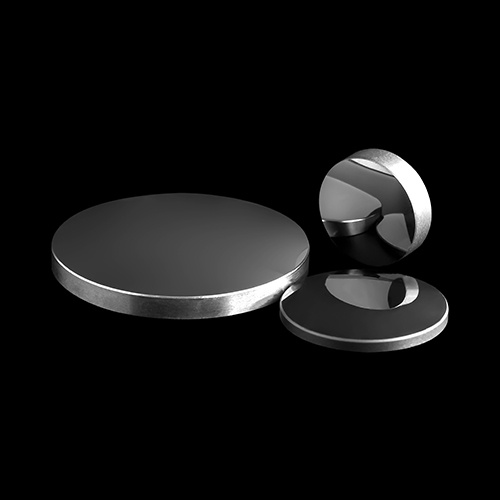
The germanium meniscus lens has the characteristics of high transmittance, high anti reflection, and high thermal stability, which can change the direction and focus of the beam.
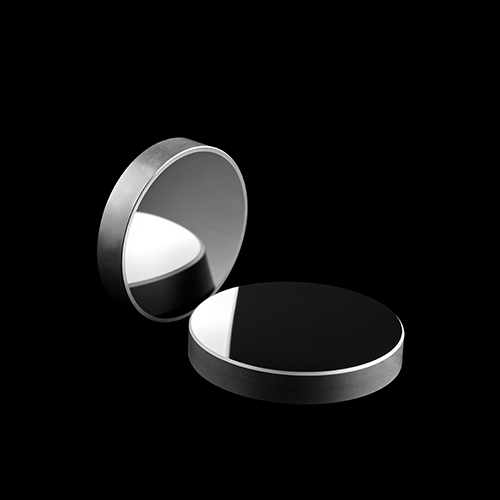
Sulfide based glass aspherical lenses can correct various aberrations, improve imaging quality, and enhance system discrimination ability. Applied in infrared optical systems, laser applications, optical instruments, and imaging.
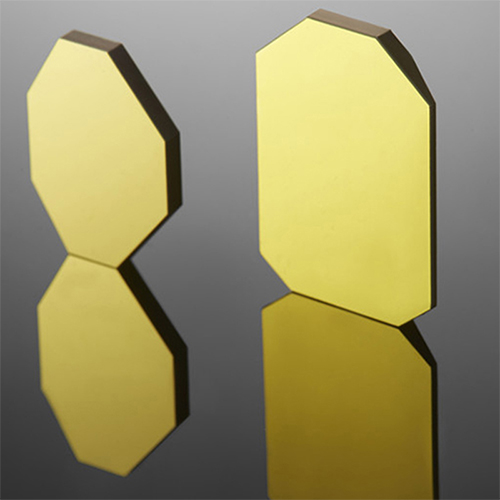
1064nm Silicon mirrors have the advantages of light weight, small size, good thermal stability, and high mechanical strength. Applied to lasers, telescopes, microscopes, scanners, etc.
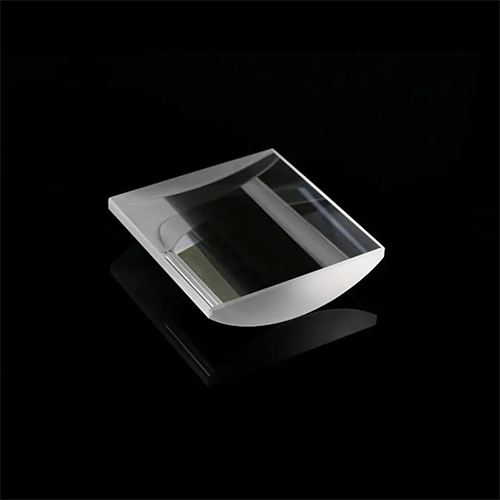
Fused silica plano-convex cylindrical lens changes the size of the image. Applied in beam shaping, focusing, and scanning.
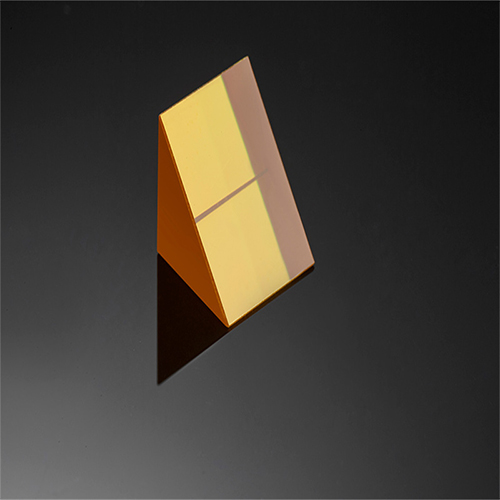
Zinc selenide right angle prism is used to bend the optical path or deflect the image formed by the optical system by 90 °. Applied in fields such as thermal imaging systems, medicine, industrial thermal radiation measurement instruments, and infrared spectrometers.
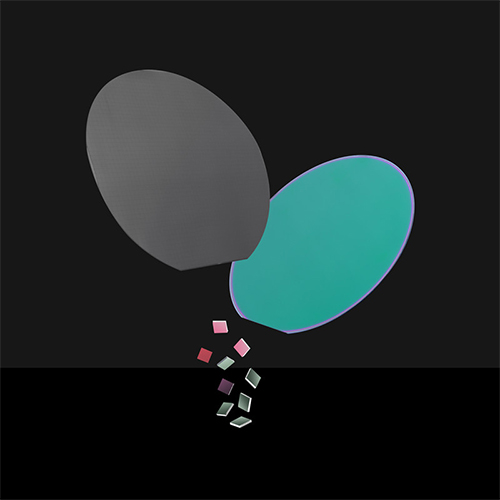
Silicon long wave pass filters are optical devices based on silicon-based materials, and the optical properties of silicon substrates are closely related to their preparation methods.
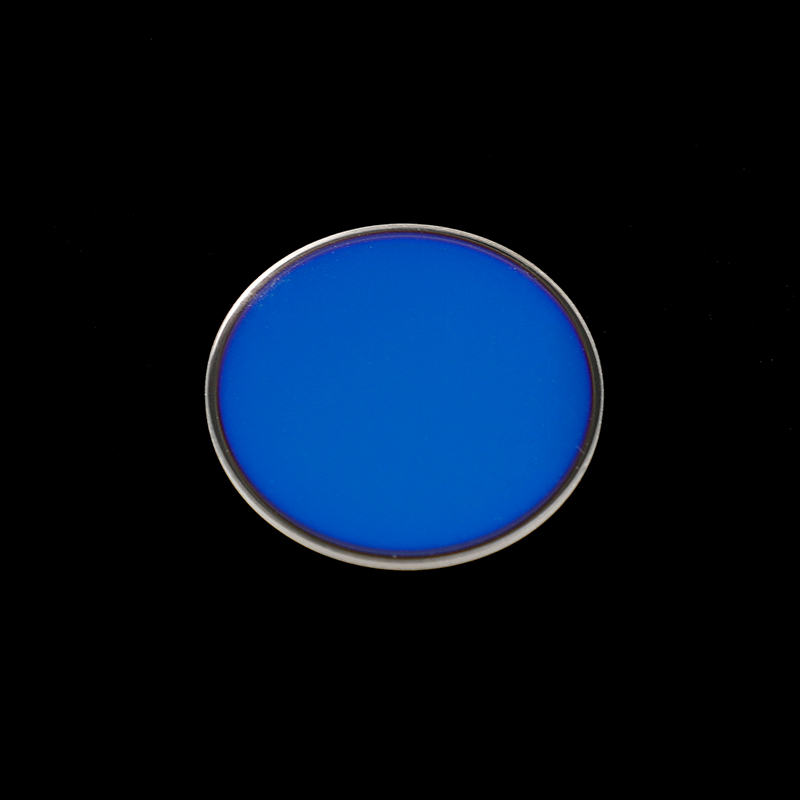
The dielectric reflective film is composed of multiple layers of dielectric materials and has the ability to reflect light in a specific wavelength range. Applied to optical devices, solar cells, and displays.
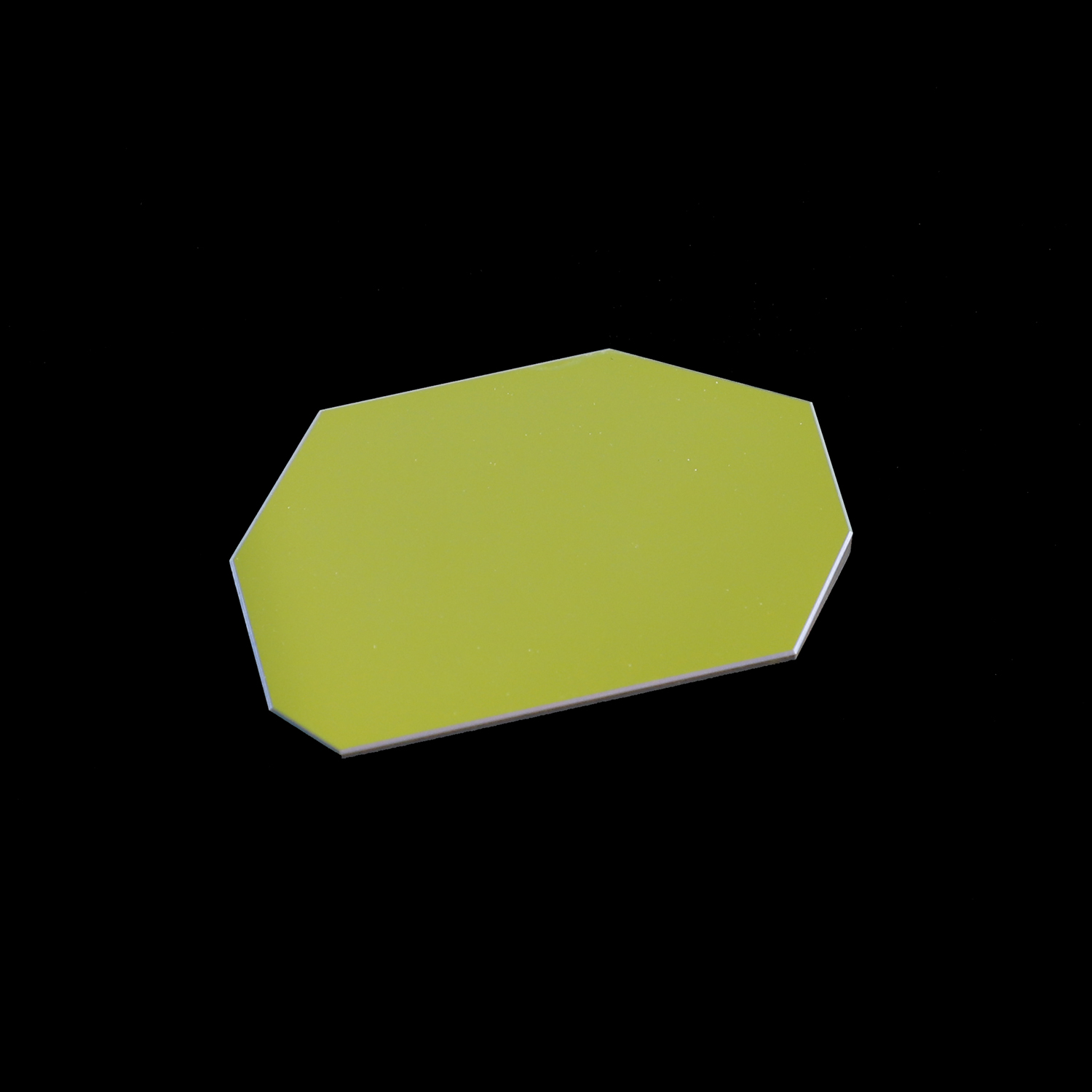
Metal reflective films can be plated with metals such as gold, silver, and aluminum, and have the advantages of high reflectivity and wide spectral range. Applied to optical devices such as reflectors, goggles, and sunglasses.
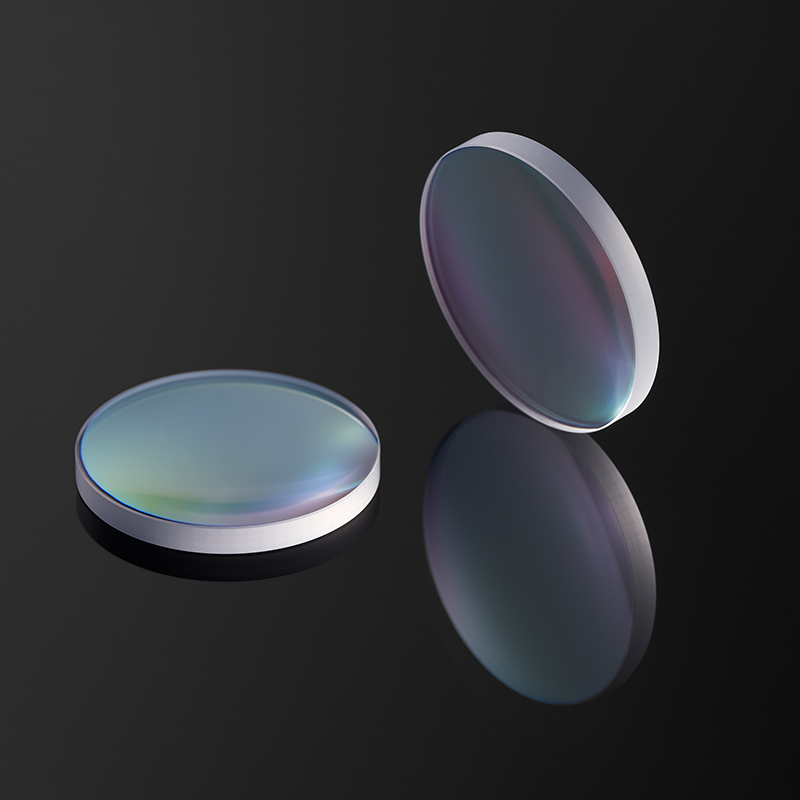
Nd Yag laser film is applied in laser marking, laser welding, laser cutting, fiber optic communication, laser ranging, LiDAR, and laser weapons.
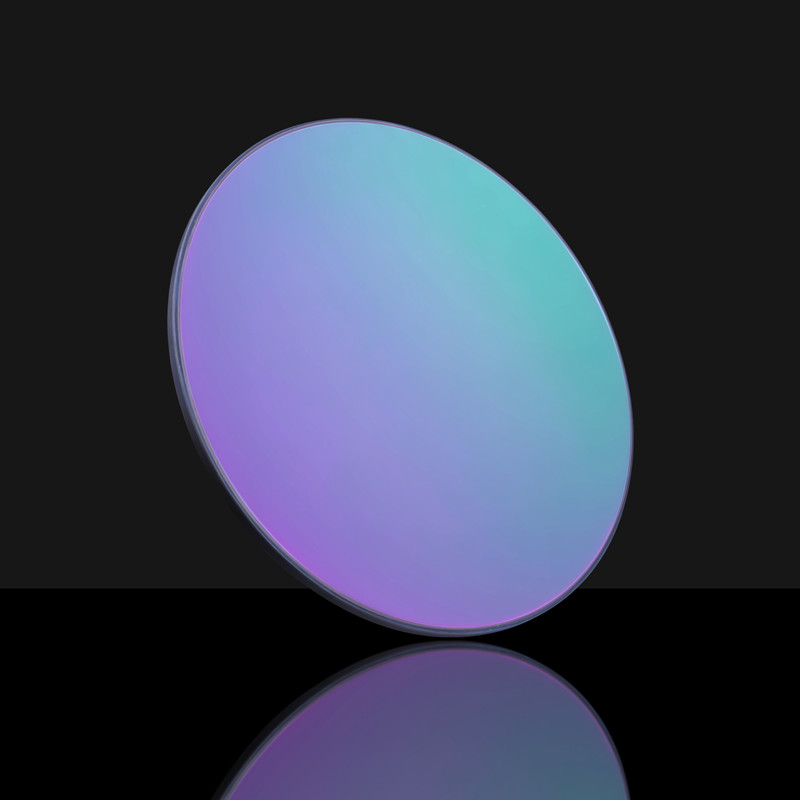
The anti reflective film reduces or eliminates the reflected light of lenses, prisms, and flat mirrors, and is applied in optical instruments, lasers, and fiber optic communications.
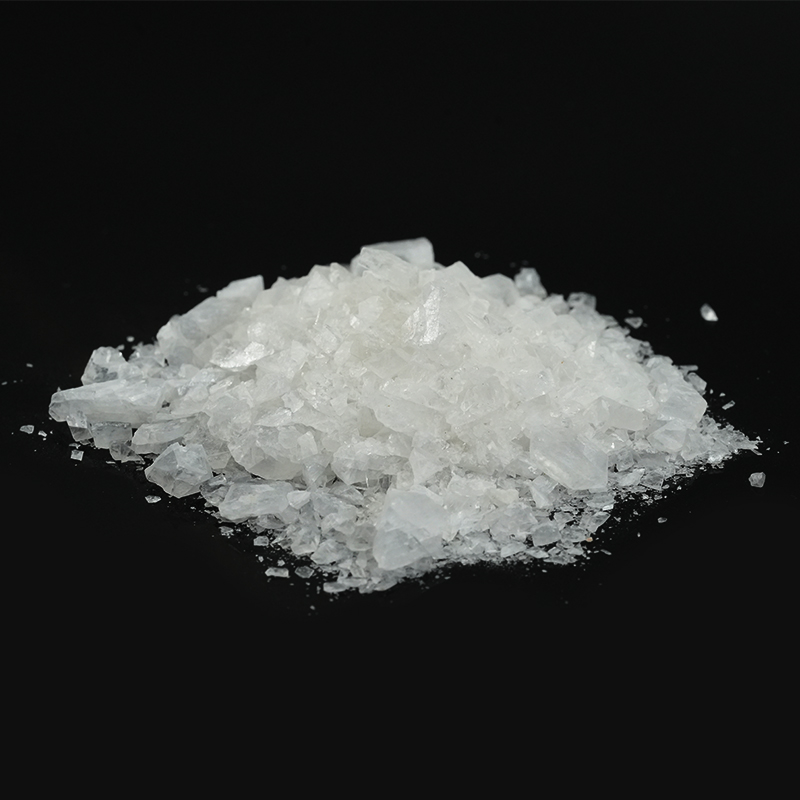
Calcium fluoride coated particles have a melting point of 1423 ° C, a relative density of 3.18, and a transmittance area of 150nm-12 μ m; Applied to special optical crystals and lenses.
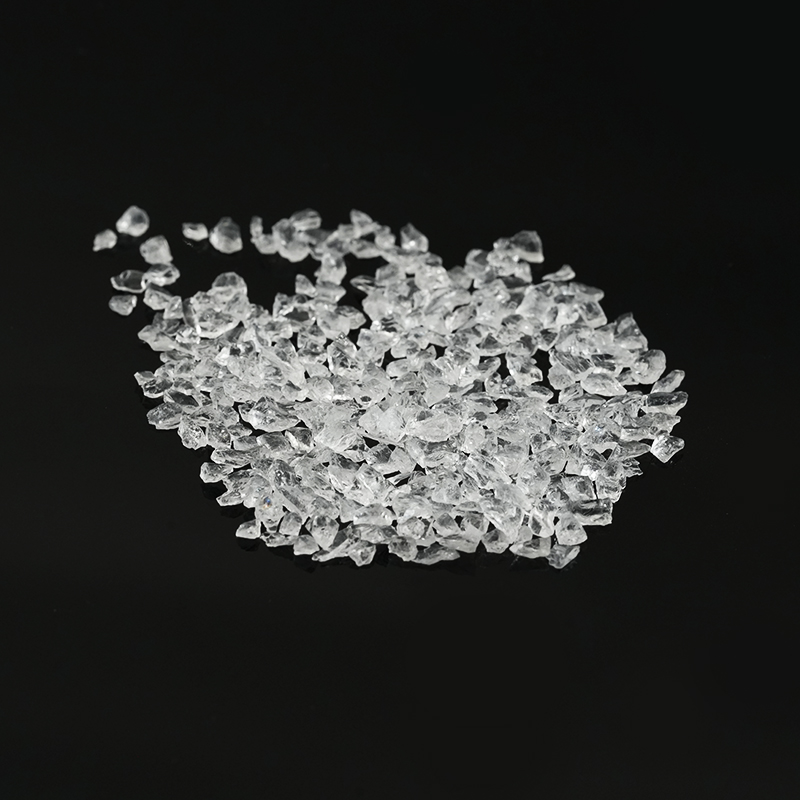
The melting point of barium fluoride coated materials is 1353 ℃, the boiling point is 2260 ℃, and the penetration area is 0.25-15um. Applied to optical glass, vacuum coating, laser generator, optical fiber, and infrared transparent thin film.
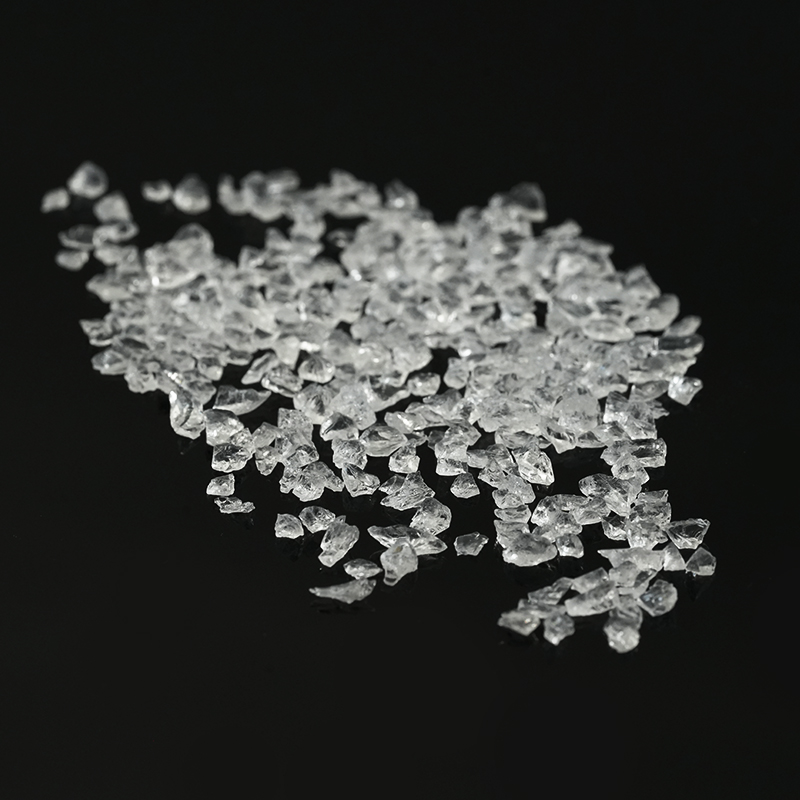
Lithium fluoride coating materials have a light transmittance range of 110nm~7 μ m; The emissivity value is about 1.36-1.37, which is a white powder. Applied to the optical and OLED industries.
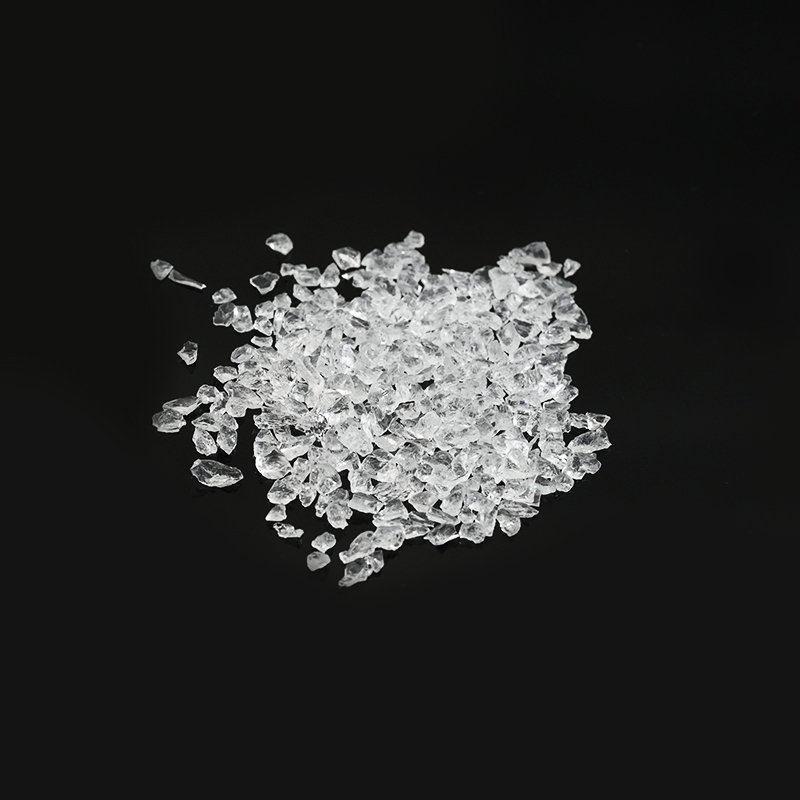
Magnesium fluoride coated materials are colorless and odorless crystals. Applied in optics, optical instruments, fiber optic communication, laser technology, integrated optics, cold light sources, single crystal raw materials, etc.
UMOPTICS
China UM OPTICS Technology Co., Ltd
Annual production of over 100 tons of fluoride
UM OPTICS is a high-tech enterprise that integrates material growth, component processing, coating, and devices. We have a team of optical design, production research and development, and technical experts. We currently have machining centers for flat, spherical, and aspherical surfaces, with an annual production of over 5 million optical lenses. Annual production of over 80 tons of fluoride; The annual production of silicon and germanium exceeds 26 tons. We provide infrared crystal materials to customers in 60 countries and regions worldwide.
5Individual
Machining centers
60Individual
Serve countrys
100Ton
Annual fluorides
5million pieces
Annual optical lenses
Product applications include spectral analysis, detection sensing, laser optics, and visual infrared
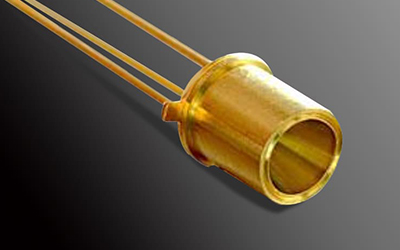
A light source is an object that can emit electromagnetic waves within a certain wavelength range, including visible light and ultraviolet, infrared, and X-rays.
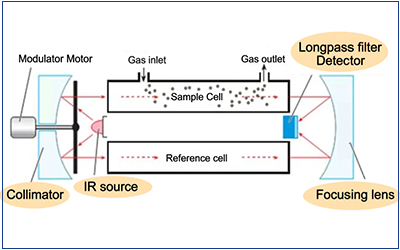
Optical path accessories are various components and devices used in optical systems to connect, adjust, control, and transmit light, applied in communication, weak current engineering, scientific research, medical, industrial and other fields.
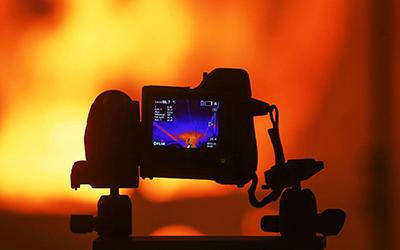
Detection sensing utilizes the interaction between light and matter to perceive, measure, and analyze various physical, chemical, or biological quantities in the environment.

Spectral analysis is an experimental technique based on the interaction between substances and electromagnetic radiation, which studies the composition, structure, and properties of substances.
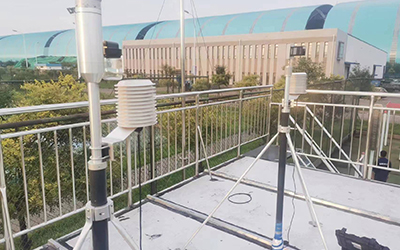
Environmental monitoring is the determination of environmental quality and its changing trends by measuring representative values of factors that affect environmental quality. Including air, water quality, soil, noise, radiation, pollution sources, ecological monitoring, etc.
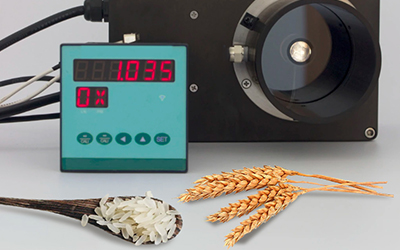
Agriculture and food have extensive applications and importance in optics. UM OPTICS can provide optical components such as window sheets, filters, and lenses in the fields of agriculture and food applications.
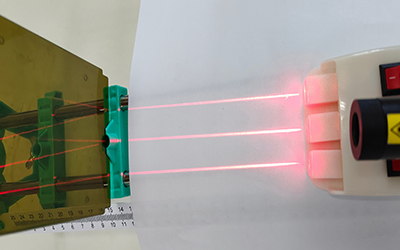
Laser light source is a special light source that utilizes excited particles to emit light under stimulated radiation. Micron optics involves optical components such as reflectors, lenses, prisms, filters, window mirrors, and resonators in laser light sources.
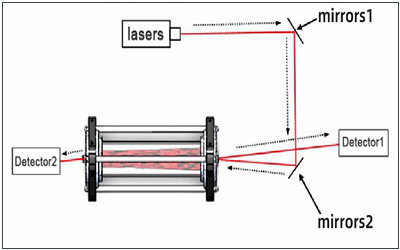
The internal optical path of a laser is the transmission path and composition structure of the internal light of the laser, which plays a crucial role in the performance and stability of the laser.
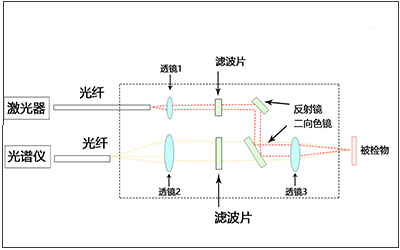
The external optical path of the laser, also known as the external optical path of the laser, is the main component of the laser transmission process.

Laser medicine is based on the selective photothermal effect of lasers. When laser irradiates biological tissues, a specific wavelength of laser is absorbed by pigments or water molecules in the target tissue and converted into thermal energy.
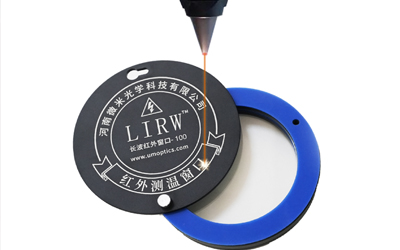
Laser marking is a technology that uses high-energy density laser to locally irradiate the workpiece, causing the surface material to vaporize or undergo a chemical reaction that changes color, thereby leaving a permanent mark.
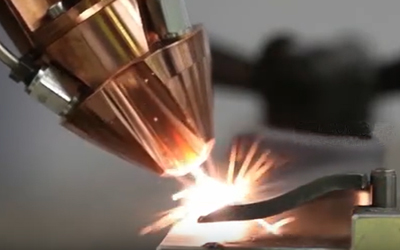
Laser welding consists of an optical oscillator and a medium placed between the mirrors at both ends of the oscillator hole.

Infrared light source is a non illuminating electrical light source designed to generate infrared radiation.
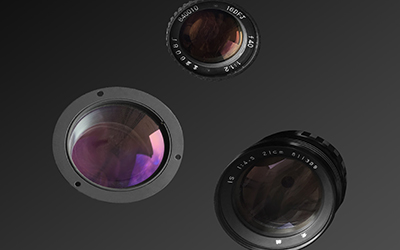
The structural accessories of an infrared light source refer to the various components or components that make up the entire infrared light source and support its normal operation.

Lens, 3D, and machine vision all belong to the application scope of optical lenses
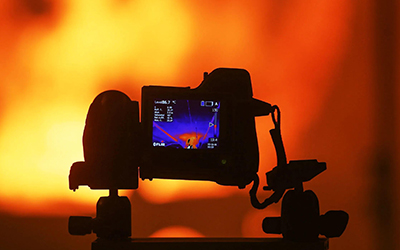
Infrared thermal imaging is an image formed based on the temperature difference on the surface of an object. The working wavelength is mainly located in the thermal infrared range of 2.0-1000 microns. Applied in , industrial, medical, scientific research and other fields.
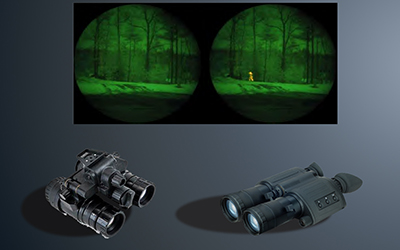
Night vision low light is a technology that uses image intensifiers to amplify and convert weak photons reflected back from ground objects into visible light images, in order to achieve nighttime imaging.
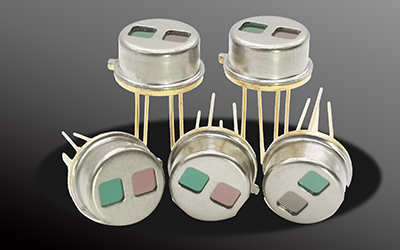
Optoelectronic infrared is a radio technology that uses optoelectronic devices to detect objects and the environment.
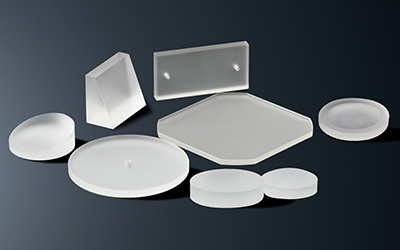
Optical crystal is a type of crystal material used as an optical dielectric material, characterized by high crystal integrity, light transmittance, and low input loss.

Aerospace refers to the navigation activities of spacecraft within the Earth's atmosphere and the activities carried out by spacecraft outside the Earth's atmosphere.

Environmental optics has developed on the basis of disciplines such as photometry, chromaticity, physiological optics, psychophysics, physical optics, and architectural optics.
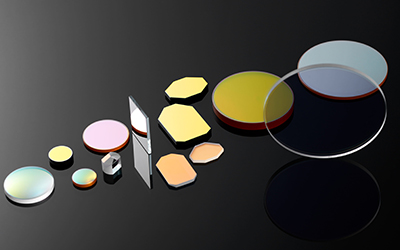
Learning components are devices used to manipulate the characteristics of light, the direction of light wave propagation, the intensity, frequency, and phase of light.
Real time news helps you stay informed about the dynamics and development trends of your enterprise in a timely manner
Products
Applications
Technologys
Abouts
China UM OPTICS Technology Co., Ltd
Email:sales@umoptics.com
Phone:+86 17733572335 17733567635
Whatsapp:+86 17733572335
Address:Xinyang City, Henan Province, China
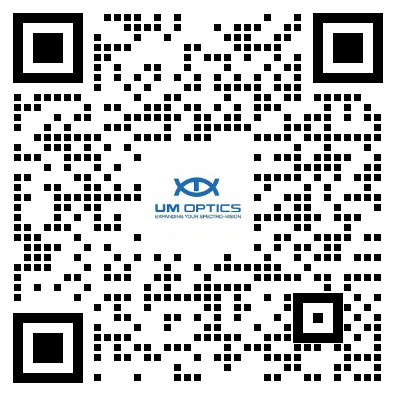
Contact Us
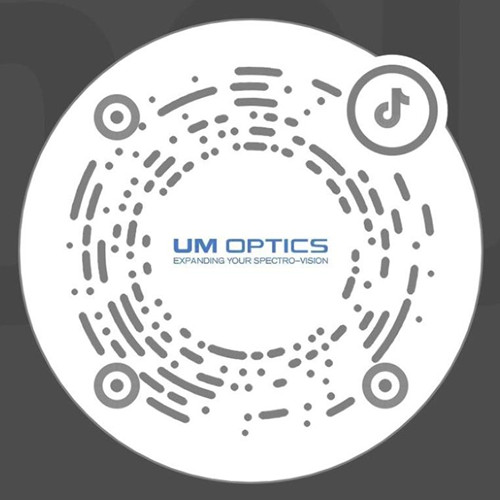
Tiktok Watch

